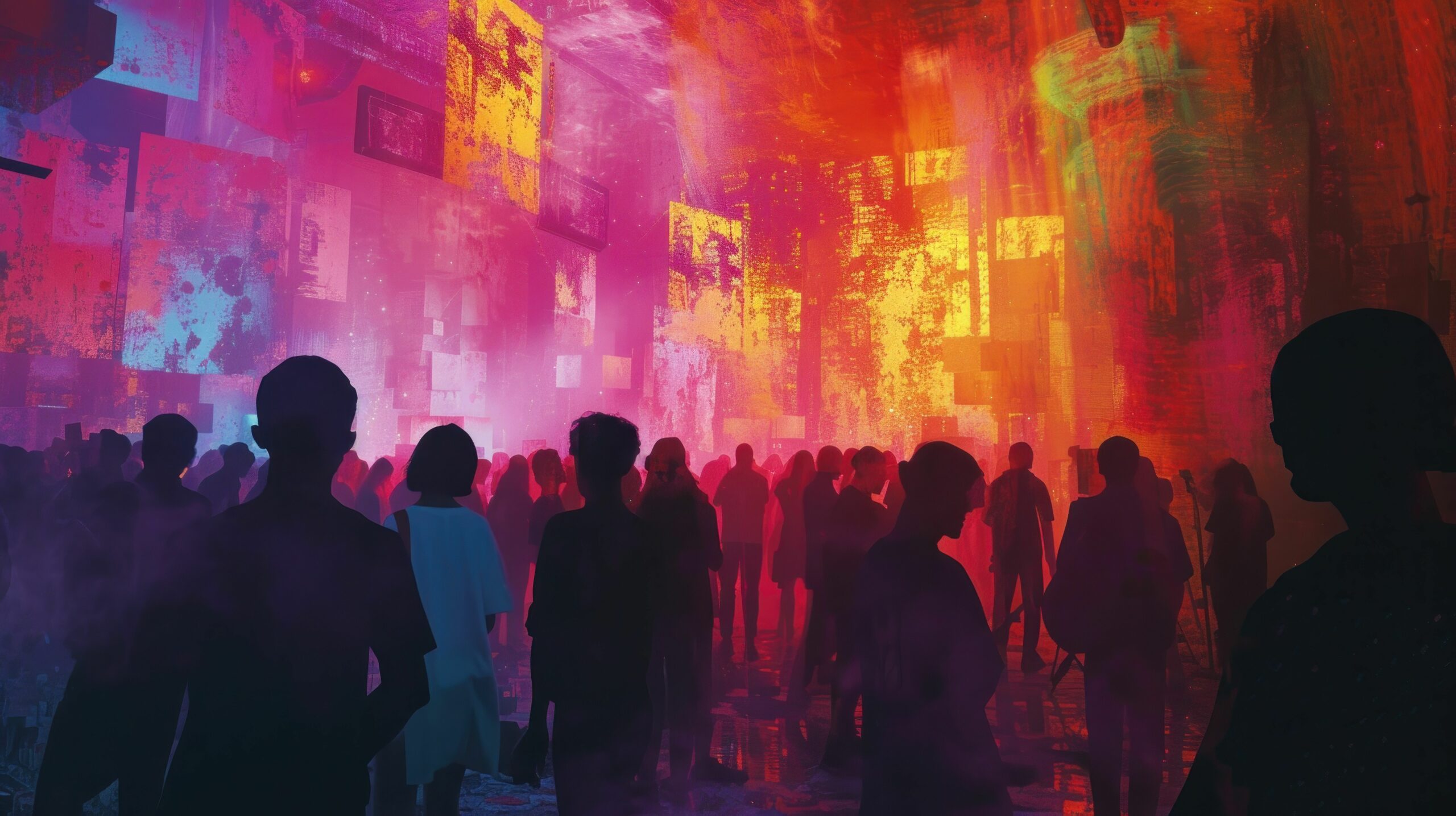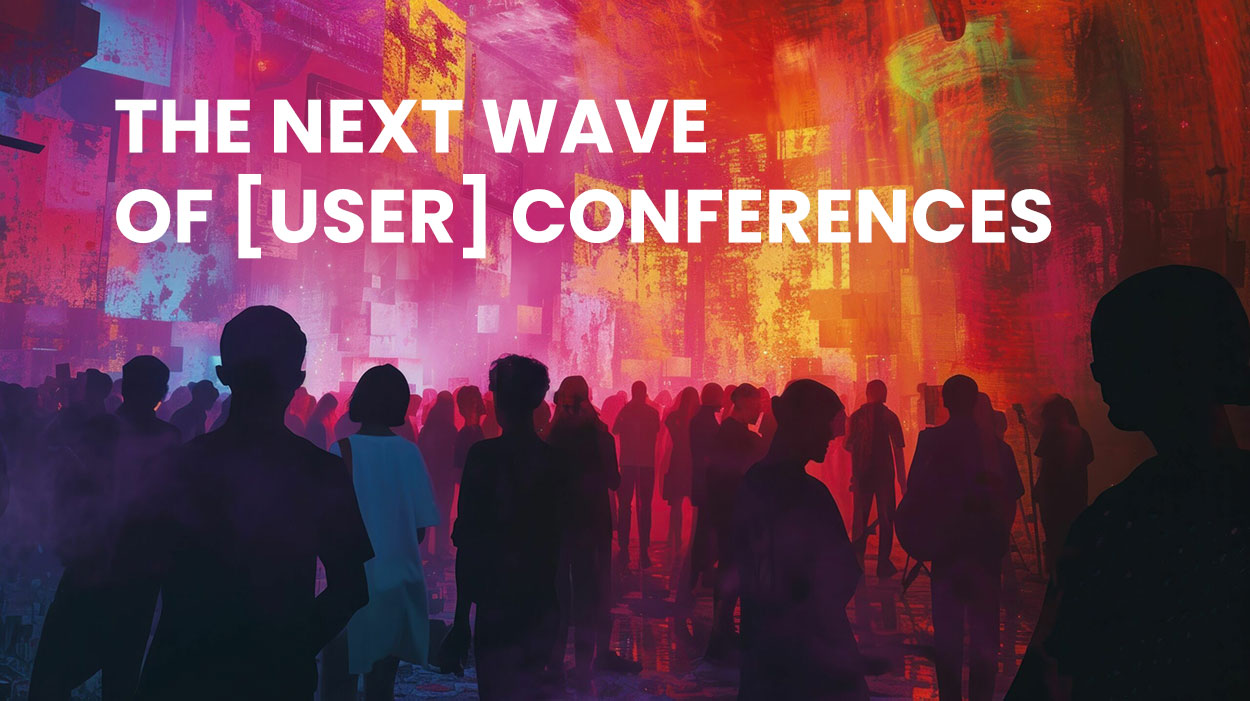In the ever-evolving landscape of user conferences, standing out and engaging your audience has never been more crucial. Embracing innovative strategies and best practices can transform the attendee experience, setting a new benchmark for what a successful event looks like. Drawing inspiration from recent trends and successful examples, we can craft a blueprint that not only captivates but also educates and connects our community in meaningful ways.
First off, imagine stepping into a conference not by walking through the doors but by slipping on a VR headset. Hybrid formats are now blending the physical and digital worlds in ways that would make sci-fi aficionados nod in approval. Transport remote attendees into a virtual realm, making them feel right at home (or, more accurately, right at the conference) without the hassle of travel. Picture VR workshops and panels where the lines between reality and virtual blur, fostering a sense of presence that transcends geographical boundaries.
But it’s not just about being there; it’s about crafting your journey. Interactive and personalized agendas are like the “Choose Your Own Adventure” books of yore, but instead of flipping pages, you’re swiping through an app that knows you better than you know yourself. AI-powered recommendations could nudge attendees towards sessions and workshops aligned with their interests and career aspirations, all while gamification elements help bring a little not-so-serious to the serious.
Learning at these conferences is stepping out of the presentation slides and into dynamic environments. Imagine hands-on labs where attendees tinker with the latest products, guided by the very minds behind their creation. Innovation hubs could serve as playgrounds for the curious, spaces where live demos and one-on-one consultations might ignite inspiration and collaboration. This hands-on approach, complemented by VR workshops and panels, enables attendees to engage with content in a more evocative way, regardless of their physical location. You might even consider rolling out the red carpet for users’ innovations, minus the paparazzi. Blending fun with professional mingling is where ideas meet opportunity.
Networking, the lifeblood of any conference, is getting a facelift too. Gone are the days of awkward icebreakers and exchanging business cards. AI matchmaking and virtual networking spaces offer a more tailored and meaningful way to connect, ensuring that you find your conference soulmate, whether it’s a potential collaborator or a new friend. And by leveraging technology, we can replicate the serendipity and value of in-person interactions in a digital format, ensuring every attendee can build their network and share knowledge.
Thought leadership sessions are where we bring in the big guns (intellectually speaking). It’s less of a lecture and more of a brain spa, encouraging dialogue and debate, and leaving you rejuvenated and inspired. And because we all love a good story, TED Talk-style sessions will have attendees at the edge of their seats, popcorn in hand.
But why stop when the event does? Community is at the heart of any conference, and fostering a year-round platform for collaboration and sharing is the gift that keeps on giving. Imagine a community-driven approach where attendees are not just passive participants but active contributors. We’re talking about a “call for papers” that’s more of a “shout for ideas,” where the audience curates the content. It’s like a talent show, but instead of juggling, people are throwing their best ideas into the ring. This trend towards continuous engagement means the conference lives on through microlearning sessions, building communities that buzz with activity and ideas all year round. It’s about keeping the conversation going, ensuring that today’s insights become tomorrow’s projects. Let’s face it – on-demand access to content is fundamental, because binge-watching shouldn’t just be for Netflix.
It’s 2024 – sustainability and accessibility are not just buzzwords but now essential considerations. Imagine a conference where your carbon footprint is offset by the event itself, where every session is as accessible virtually as it is in person. And where every aspect of the experience is inclusive and accessible to all. Think sign language interpretation, on-screen captioning, and wheelchair accessibility – no matter what. Offer vegetarian and vegan food options, reduce single-use plastics, produce digital swag, promote carpool and public transportation. We have entered an era where – we promise you – this matters.
Of course, we all know data and post-event feedback is key to driving future conferences. Evaluating what worked and what didn’t. But what about incorporating feedback loops and agile adaptation, where the conference evolves in real-time, responding to the pulse of its participants. It’s a dynamic beast, one that grows and changes to reflect the needs and desires of its attendees. Not a simple feat, but most definitely worth it.
By embracing these strategies, your next user conference can set a new standard for engagement, education, and community building. The goal is not just to host an event, but to create a movement – may it be as enlightening as it is entertaining and as impactful as it is immersive…




